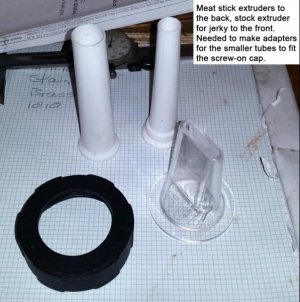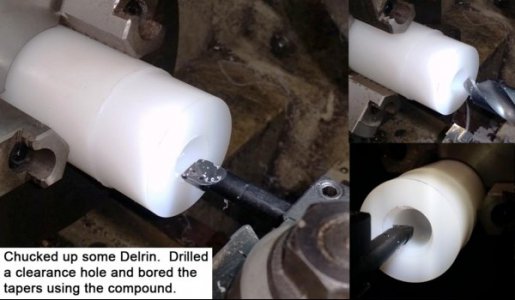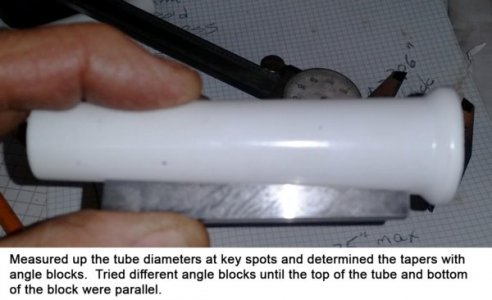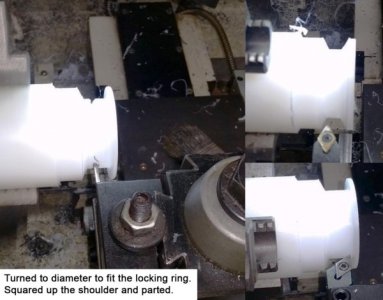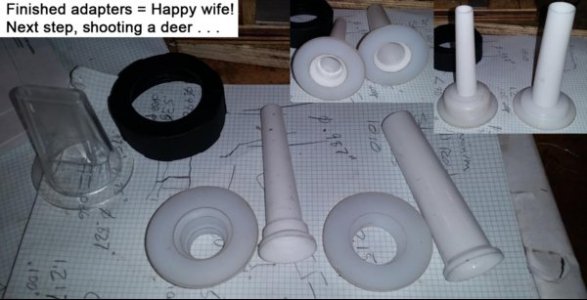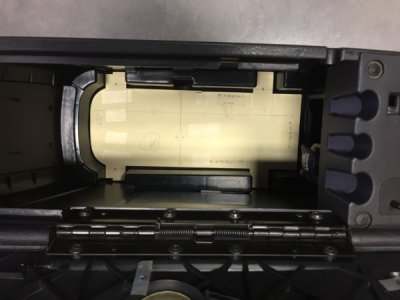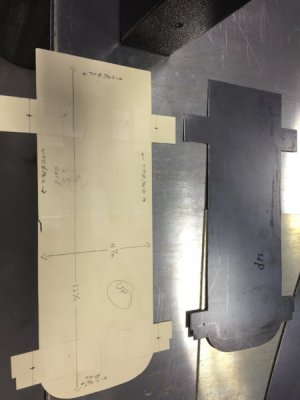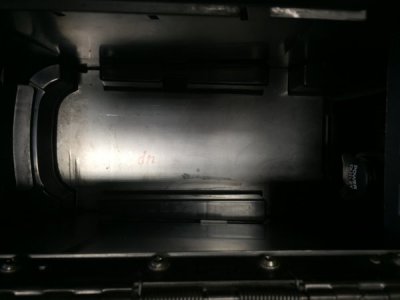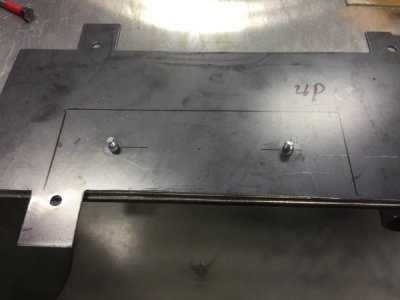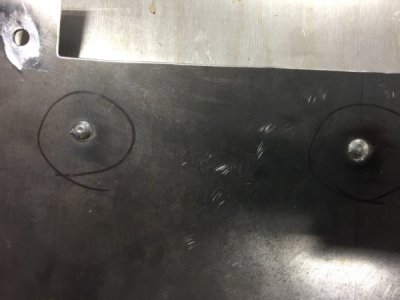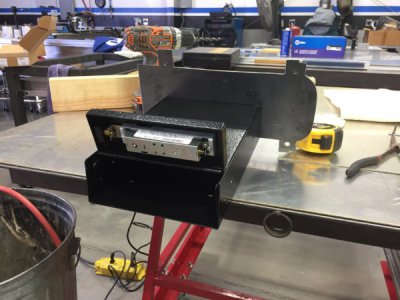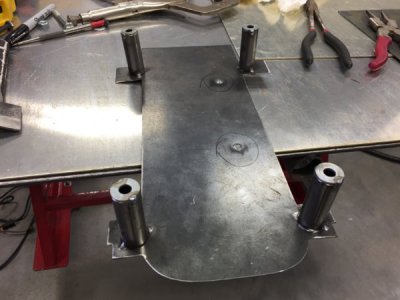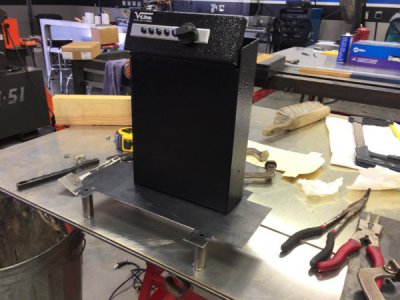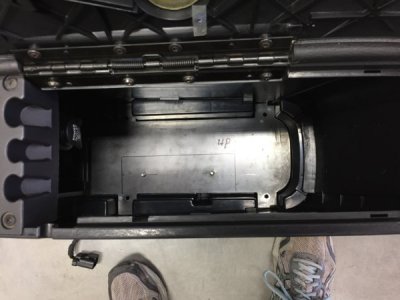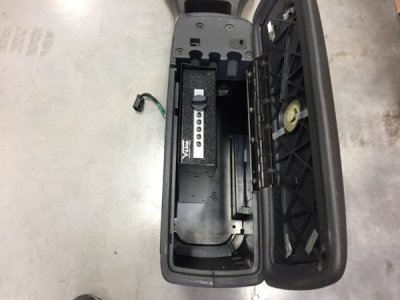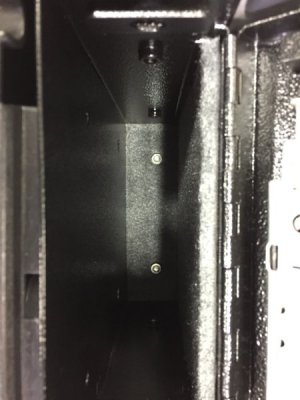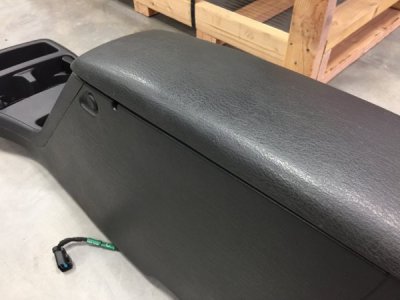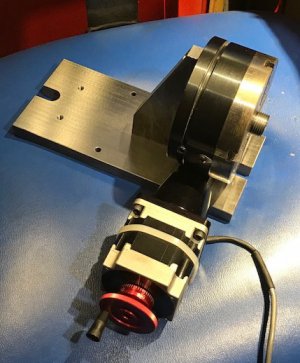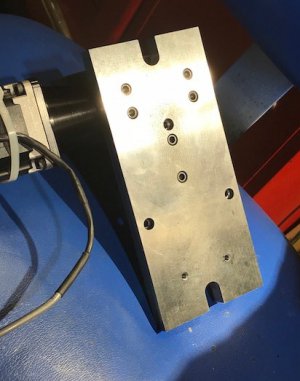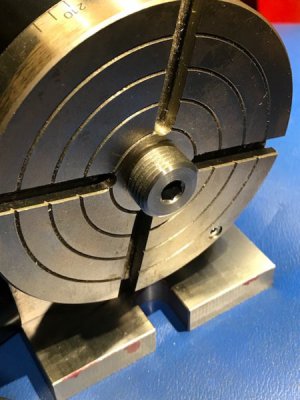Made another oil drain extension, this one for a rototiller. This time, I started with making a proper engineering diagram with dimension.
Extension, along with custom made gasket:
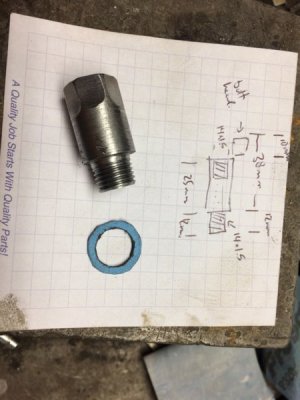
Better job of making the hex this time:
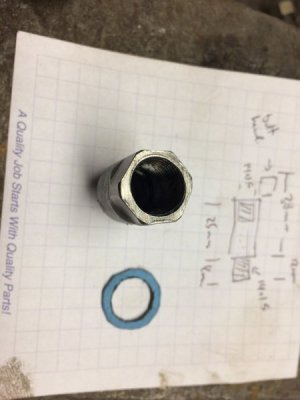
And the install photo:
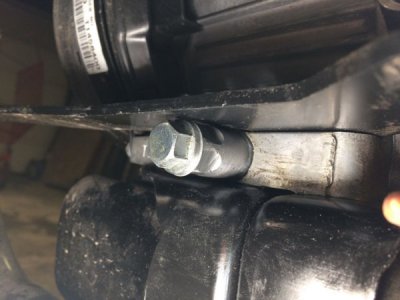
That steel plate just above the extension actually interferes with the flange on the drain bolt (both originally, and the extension made it a bit worse). I ground off most of the flange and that helped. I didn't want to make the extension so it sticks out past that plate, as that would increase the likelyhood it gets hit sideways and bends/breaks off, as the threads are 14mmx1.5 (13mm minor thread diameter), and the through-hole is 7/16" (11.1mm), so there isn't a lot of meat left where that extension threads into the block.
Extension, along with custom made gasket:

Better job of making the hex this time:

And the install photo:

That steel plate just above the extension actually interferes with the flange on the drain bolt (both originally, and the extension made it a bit worse). I ground off most of the flange and that helped. I didn't want to make the extension so it sticks out past that plate, as that would increase the likelyhood it gets hit sideways and bends/breaks off, as the threads are 14mmx1.5 (13mm minor thread diameter), and the through-hole is 7/16" (11.1mm), so there isn't a lot of meat left where that extension threads into the block.


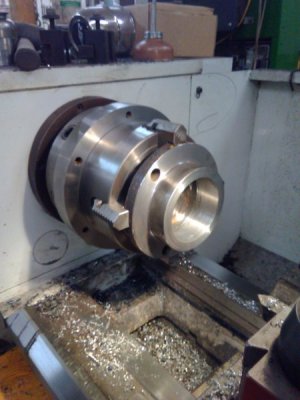
 .
.